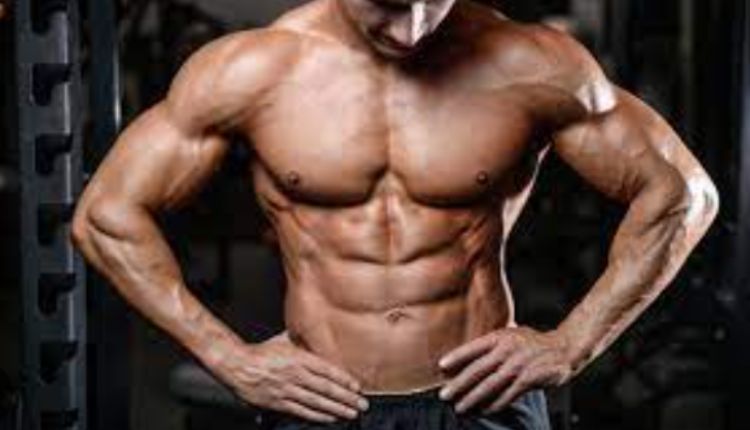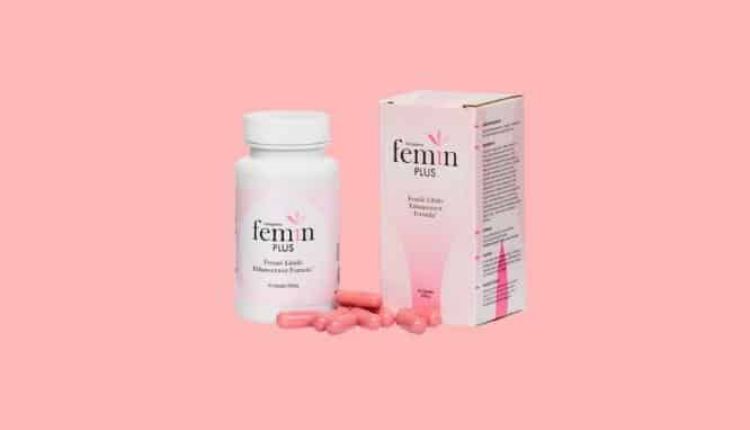
Building Muscle – How To Build Muscle Fast
Most people who have a goal of building muscle want to see results, fast. Fortunately, that can be achieved with consistent training and diet. The keys to muscle growth are hypertrophy training, adequate protein, good fats, and getting enough sleep. There are also a few other small factors, but they fall under the loose category of living a generally healthy lifestyle.
Protein
Protein is a key building block of muscle. However, it’s important to note that, in order to building muscle, you must pair proper protein intake with a consistent exercise program. If you increase your protein intake without also increasing other factors (such as exercise, calories, and fats), you won’t see much progress in gaining muscle mass. The amino acids that make up protein are essential for muscle growth because they help repair muscles that are slightly torn during a workout. Additionally, the amino acid leucine is particularly important for muscle growth as it triggers muscle protein synthesis.
The current recommended dietary allowance (RDA) of protein is 0.8 g per kilogram of body weight for minimally active adults, but higher amounts may be beneficial for people trying to build muscle. It’s best to consume protein from a variety of foods, including meat, fish, eggs, beans, and nuts. It’s also important to spread your protein consumption evenly throughout the day rather than consuming a lot at one time, as this is better for stimulating MPS.
Carbohydrates
While protein often gets the attention when it comes to muscle-building, carbohydrates are equally important. This nutrient provides the energy your body uses during workouts and replenishes glycogen after training sessions. Carbohydrates also promote the recovery process by allowing the body to repair damaged muscle fibers and adapt to the stress of exercise. Carbohydrates can be divided into simple and complex carbohydrates based on how many sugars they contain. Simple carbs are found in candy, soda, and highly processed foods, while complex carbohydrates (polysaccharides) have three or more sugars. Complex carbs are found in whole grains, beans, fruits, and vegetables.
It’s recommended to get 40-65% of your calories from carbohydrates. Complex carbs are best if consumed in the hours before and after training to help fuel your workouts and promote muscle growth, and in between meals for glycogen replenishment. A post-training meal containing protein and complex carbohydrates is ideal, as it will stimulate muscle protein synthesis and promote recovery.
Fats
Protein gets all the attention when it comes to muscle building, but a diet rich in good fats is also essential. Healthy fats (monounsaturated and polyunsaturated) increase levels of the “good” cholesterol, which stimulates growth hormone and triggers the production of amino acids, the building blocks of muscle tissue. They also help the body absorb fat-soluble vitamins and minerals.
However, the key is to choose wisely. Eating fatty foods such as fish, poultry, low-fat dairy products, and beans can help you get the calories and protein you need to build muscle without putting on too much fat. Aim for 15 to 20 percent of your calories to come from fat if you’re trying to gain muscle. You may want to talk to a dietician about how to best incorporate these fats into your diet. A gram of fat provides 9 calories per ounce, more than twice the amount of energy found in protein or carbohydrates.
Exercise
Exercise has been shown to improve many health issues including weight control, prevention of diseases such as heart disease and type 2 diabetes, increasing strength, improving balance, improving flexibility, and aiding bone health. Exercise can be done in a variety of ways and ranges from gentle such as walking or stretching to strenuous such as marathon running or speed swimming. To build muscle efficiently, it is important to work the muscles to the point of fatigue. To achieve this, it is recommended that individuals choose a weight or resistance level that is heavy enough to tire the muscles within 12 to 15 repetitions.
It is also recommended that people wishing to build muscle vary their exercises so that they are working different muscles each time and varying the intensity of the exercise. This can be done by doing exercises that target all major muscle groups or by splitting muscles up into separate workout sessions for example chest and shoulders on one day and back, biceps and triceps on another.
Conclusion
Many studies have shown that resistance exercise and protein ingestion together stimulate muscle growth. This is even more pronounced in older individuals. Aging results in an impaired ability for skeletal muscle to respond to protein ingestion and exercise. This is known as anabolic resistance and underlies the declines in skeletal muscle mass with aging.




